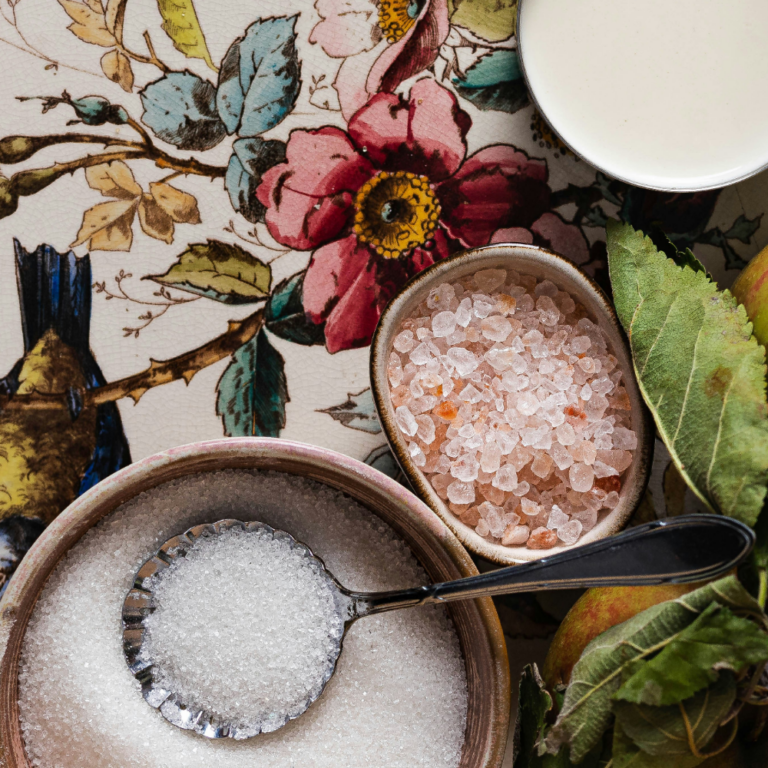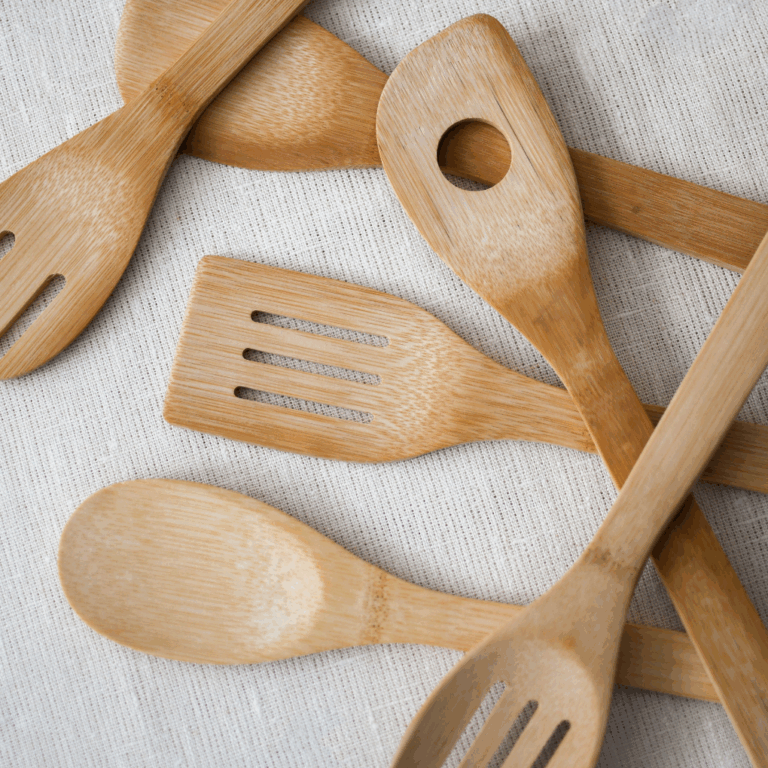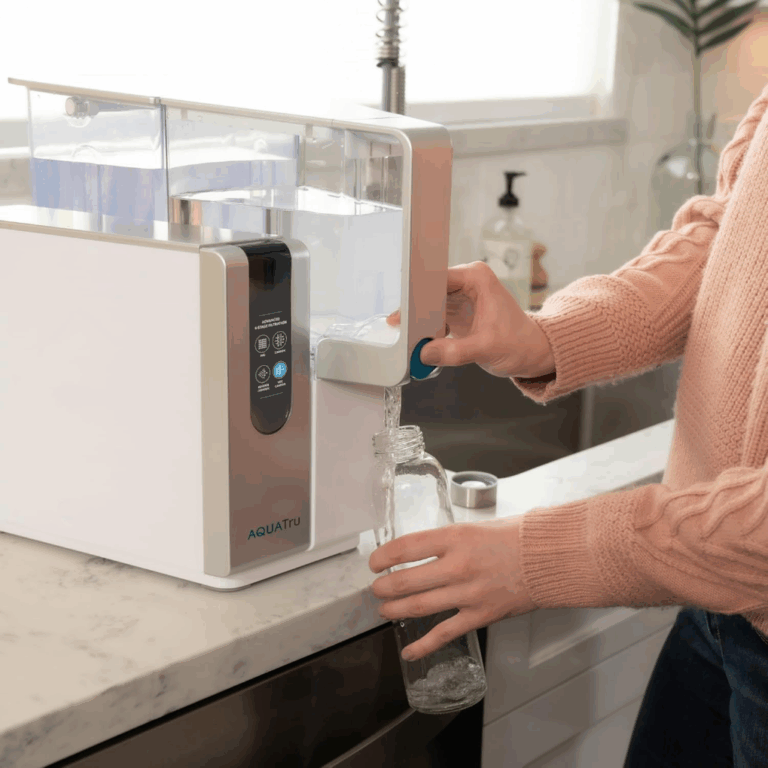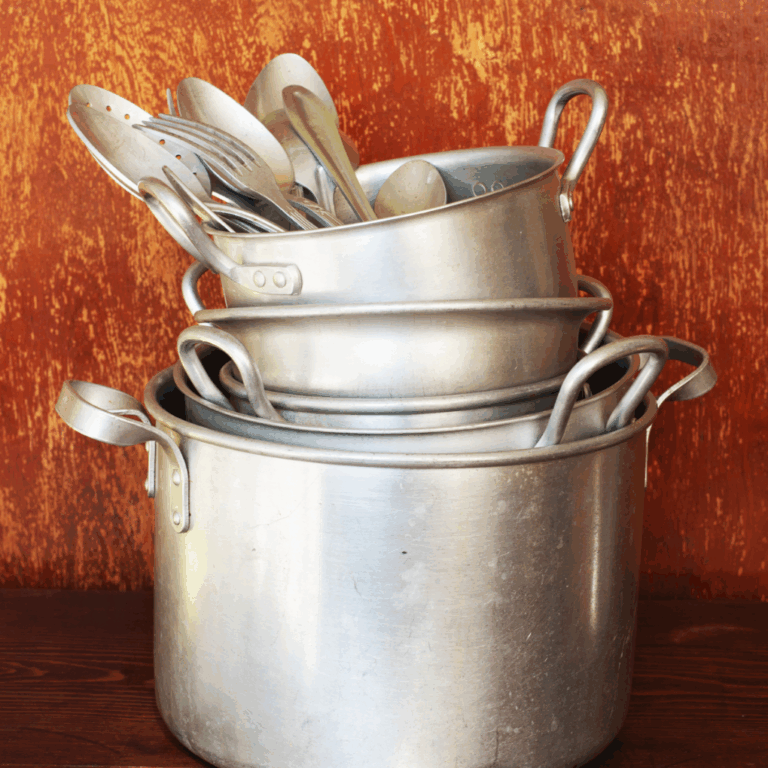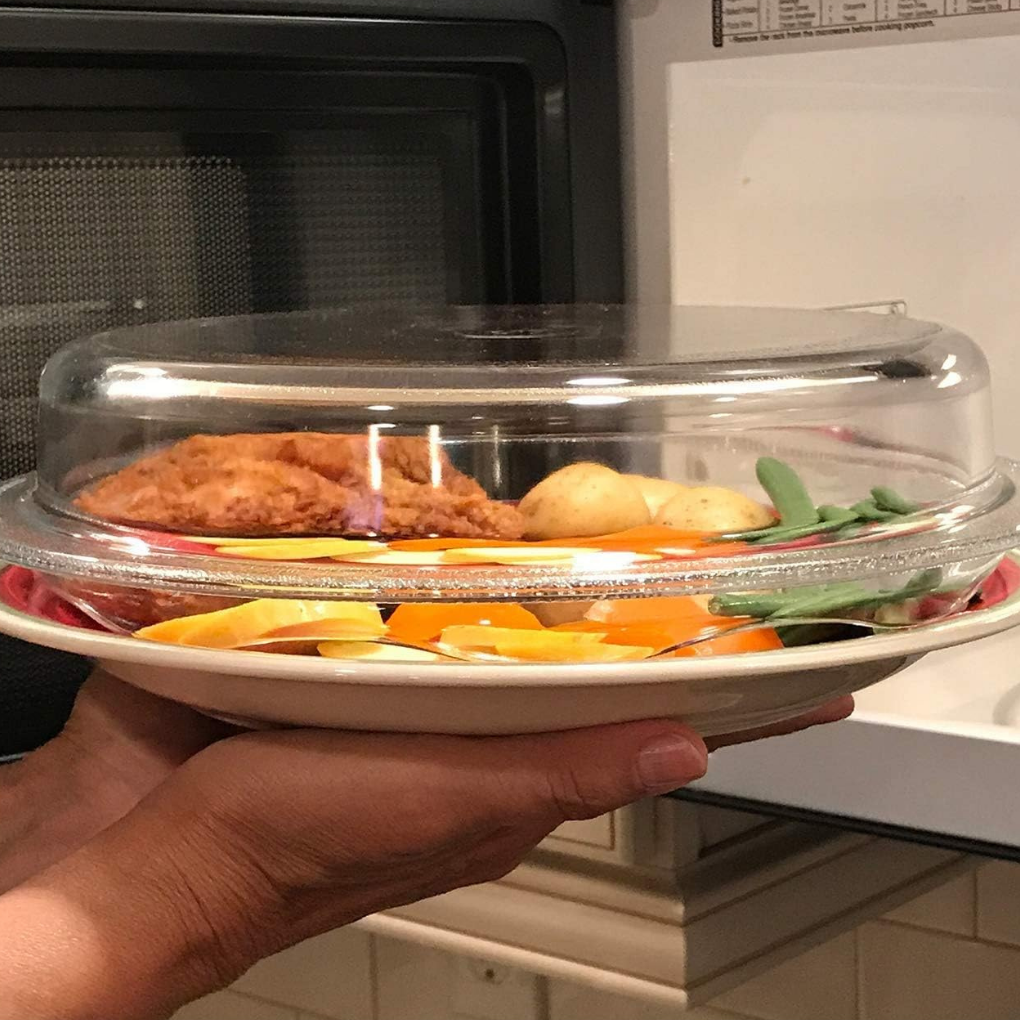
Using a microwave cover is essential for splatter protection and even heating, but traditional plastic microwave plate covers pose serious health risks and environmental concerns. Plastic covers can release toxic chemicals, such as BPA and phthalates, as well as microplastic particles, into your food when heated, thereby contributing to plastic pollution and harming the ecosystem.
This comprehensive guide examines the top BPA-free microwave covers crafted from safe materials, including borosilicate glass, tempered glass, and food-grade silicone. We’ll discuss the health risks associated with plastic covers, the environmental impact of microplastic pollution, and provide detailed product recommendations to help you choose the safest microwave cover for your family.
Reasons for Using Microwave Food Covers
Splatter Protection
Microwave covers prevent food splatters from coating the interior of your microwave, reducing cleanup time and maintaining appliance hygiene. Without proper coverage, oils and sauces can splatter onto microwave walls, creating an environment that fosters bacterial growth and unpleasant odors.
Even Heating
Microwave-safe covers help lock in natural moisture, preventing food from drying out and maintaining its texture. This is especially useful when reheating leftovers, which can easily become tough or unappetizing if not properly rehydrated.
Moisture Retention
Microwave-safe covers help retain natural food moisture, preventing dehydration and maintaining texture. This is especially important for reheating leftovers, where moisture loss can make food tough and unappetizing.
Ventilation System Benefits
Quality covers feature strategic vents that allow steam to escape while maintaining optimal moisture levels. This ventilation system prevents pressure buildup that can cause food to explode or become overcooked.
What’s the Best Material for Microwave Covers?
The best microwave cover materials prioritize safety, durability, and performance. Glass options offer the highest safety standards, while quality silicone provides flexibility and convenience.
Borosilicate Glass – Top Choice
Borosilicate glass represents the gold standard for microwave covers. This laboratory-grade material withstands extreme temperature changes, is completely non-reactive, and offers lifetime durability. It won’t absorb odors or stains and won’t release any harmful substances.
Tempered Glass – Excellent Safety
Tempered glass provides exceptional durability and safety features. If broken, it shatters into small, less dangerous pieces rather than sharp shards. This makes it ideal for busy households with children while maintaining all the safety benefits of glass.
Food-Grade Silicone – Convenient Option
Platinum-grade silicone offers flexibility and space-saving storage through collapsible designs. Look for silicone rated for temperatures above 450°F with FDA and LFGB certifications. Avoid cheap silicone that may contain fillers or toxic additives.
Materials to Avoid
Never use regular plastic covers, melamine-based products, or untested silicone. These materials can leach harmful chemicals, release microplastics, or contain toxic additives that compromise food safety.
Health and Safety Concerns of Microwave Covers
BPA and Bisphenol A Exposure
Most plastic microwave covers contain BPA (bisphenol A), a chemical that disrupts endocrine function and has been linked to cardiovascular problems, diabetes, and reproductive issues. When heated, BPA leaches into food at accelerated rates, creating direct exposure pathways.
Microplastics and Nanoplastic Particles
Recent studies published in the Journal of Environmental Science reveal that heating plastic releases microplastic and nanoplastic particles into food. These microscopic fragments can accumulate in organs and tissues, potentially causing long-term health effects, including cancer risk.
PFAS and Toxic Chemicals
Many plastic covers contain PFAS (per- and polyfluoroalkyl substances), often referred to as “forever chemicals” because they don’t break down in the body or the environment. These harmful substances have been linked to immune system issues and a higher risk of certain cancers.
Polypropylene (PP) Plastic Concerns
Even “safer” polypropylene plastic covers can release harmful compounds when heated repeatedly. Studies show that PP plastic degrades over time, releasing microplastics that contaminate food and contribute to plastic pollution.
Comparison to Other Plastic Products
The health risks from plastic microwave covers mirror those found in plastic baby bottles and single-use plastic water bottles. However, microwave heating intensifies chemical leaching, making covers particularly dangerous for regular use.
Environmental Impact of Plastic Microwave Covers
Plastic Pollution and Ecosystem Harm
Plastic microwave covers contribute to the global plastic pollution crisis, with millions thrown away each year, many of which end up in landfills, rivers, and oceans. Over time, these covers break into smaller fragments, releasing microplastics that contaminate soil and water. These particles are ingested by wildlife, disrupting ecosystems and entering the food chain.
Environmental Impact of Production
The production of plastic covers relies on petroleum-based materials and energy-intensive processes, spanning extraction, manufacturing, and transportation. This results in a high carbon footprint for single-use or short-lived products. Widespread use of plastic covers fuels climate change and depletes finite natural resources, raising concerns about long-term sustainability.
Microplastic Contamination
Discarded plastic covers fragment into microplastics that enter food chains and ecosystems. Marine wildlife ingests these particles, leading to digestive blockages, malnutrition, and death. These microplastics eventually return to human food sources through the consumption of seafood.
Sustainable Alternatives Impact
Switching to glass, ceramic, or high-quality silicone covers dramatically reduces your plastic footprint. These materials are recyclable, biodegradable, or infinitely reusable, supporting circular economy principles.
How to Choose a Safe Microwave Cover
Material Safety Priorities
Glass Options: Borosilicate glass and tempered glass offer the highest safety standards. These materials are chemically inert, meaning they won’t leach harmful substances into food regardless of temperature.
Silicone Quality: Look for platinum-grade, BPA-free silicone that’s FDA-approved and LFGB-certified. Avoid cheap silicone that may contain fillers or toxic additives.
Ceramic Considerations: Food-grade ceramic plates can serve as effective covers, but ensure they’re microwave-safe and free from lead glazes.
Size and Fit Requirements
Choose covers that accommodate your most frequently used dishes. Universal-fit designs with wide rims are best suited for a variety of cookware. Measure your largest microwave-safe bowls to ensure proper coverage.
Durability and Warranty
Quality covers should offer multi-year warranties and withstand daily use. Glass covers should resist thermal shock, while silicone covers should maintain flexibility after repeated heating cycles.
Reputable Companies
Purchase from established manufacturers with third-party safety certifications. Look for companies that provide detailed material specifications and safety testing results.
7 Best Plastic-Free Microwave Covers
Cuchina Safe Cover ‘n Cook
$37
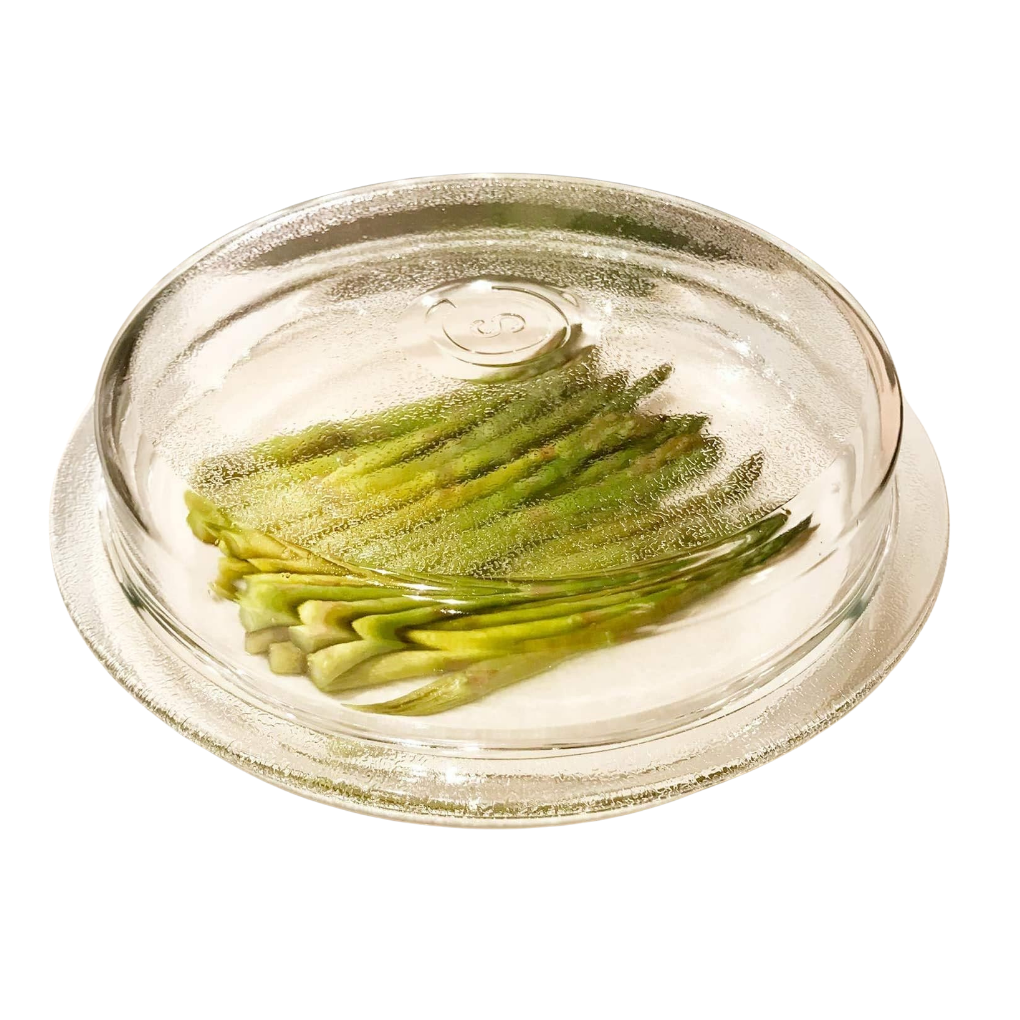
Created by breast cancer survivor Susan Castriota as an alternative to plastic microwave covers, this product functions as both a microwave cover and a 2-quart baking dish when flipped over.
The borosilicate glass construction can handle temperature changes and transitions from microwave to oven to table.
The vented design features concentric rings that help secure the cover to the plates. At 2.65 pounds, this is a substantial piece that reflects quality construction, though the weight may be a factor for some users.
Features
- 2-in-1 design (cover and baking dish)
- Borosilicate glass construction
- Concentric ring design for secure fit
- Oven safe to 450°F
- Vented edges for steam release
Bezrat Glass Microwave Covers
$35
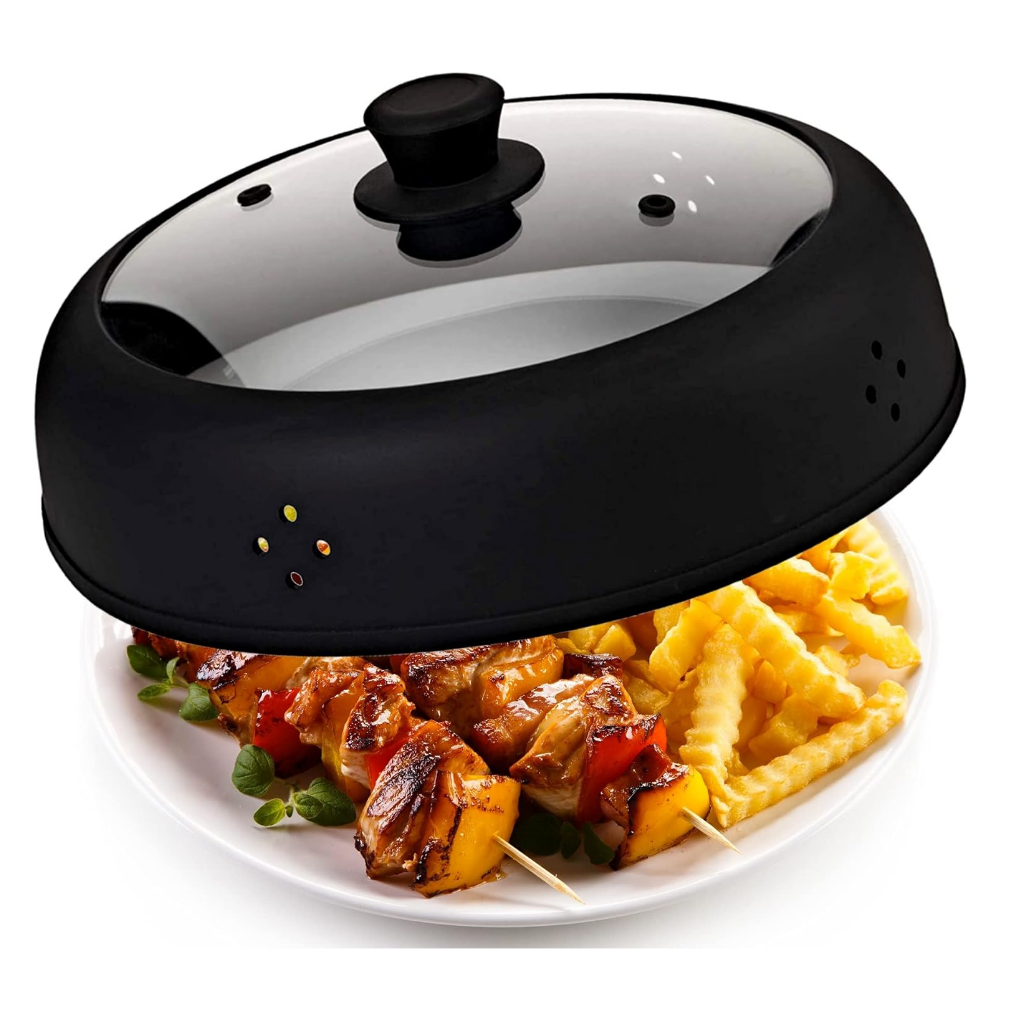
Bezrat offers glass covers in multiple sizes, ranging from 9.5″ to 12″, made from tempered glass construction.
The collapsible design on select models enables flat storage, making it practical for smaller kitchens. The silicone knob remains cool during use, and the two-hole venting system helps prevent condensation buildup.
These covers are notably heavier than plastic alternatives, which may be a consideration for some users. The tempered glass construction appears durable based on customer feedback.
Features
- Multiple sizes available (9.5″, 10.5″, 11.5″, 12″)
- Collapsible design for space-saving storage
- Two-hole venting system
- Heat-resistant silicone knob
- Tempered glass construction
OEC
$35-70
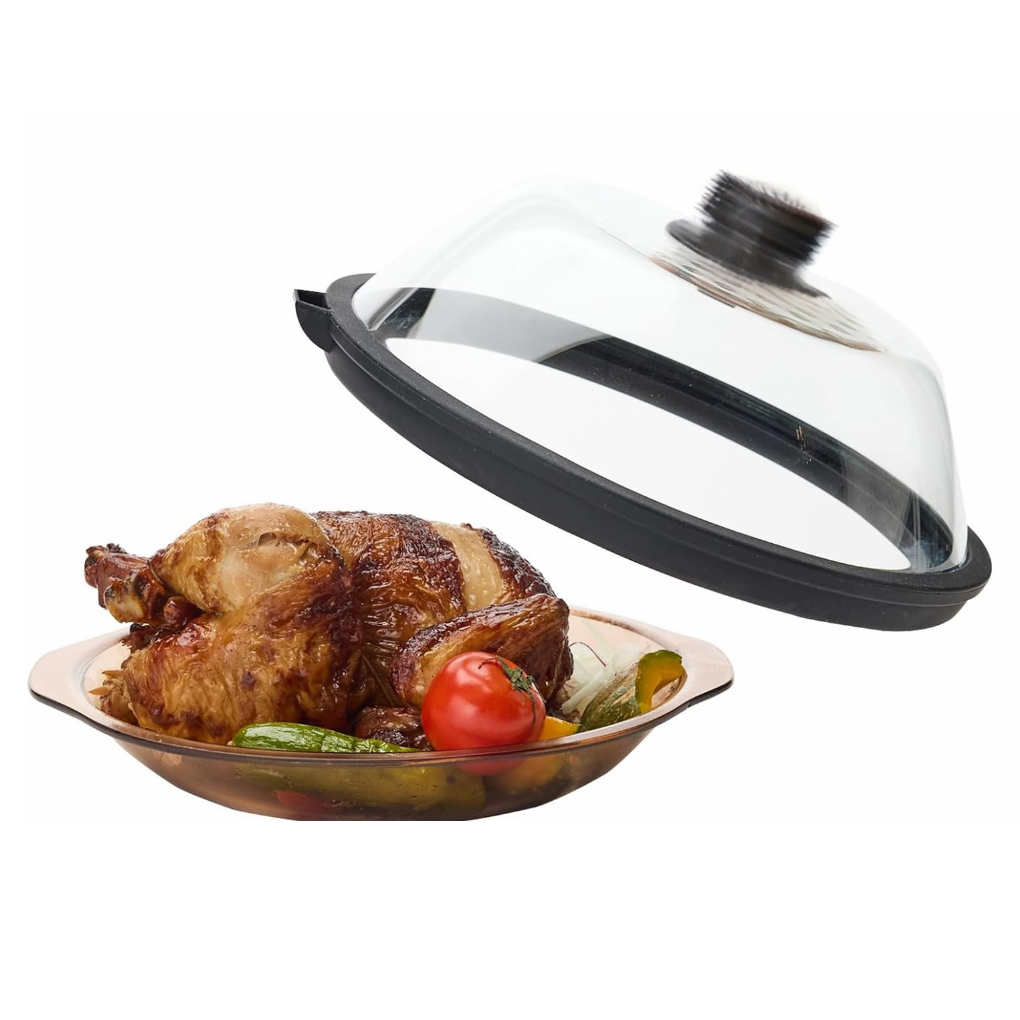
OEC’s microwave covers feature food-grade tempered glass with a silicone rim for added protection.
The transparent design allows food monitoring during heating, while the vented holes help release steam safely. The easy-grip silicone handle stays cool during use.
Available in three sizes, these covers accommodate a range of dish sizes. The removable silicone rim makes cleaning straightforward, and the covers work well for both microwave use and as lids for pots.
Features
- Three sizes available (9″, 11″, 12.5″)
- Removable silicone rim
- Vented design for steam release Multi-purpose use (microwave and stovetop)
- Easy-grip silicone handle
Mirko Innovations
$34
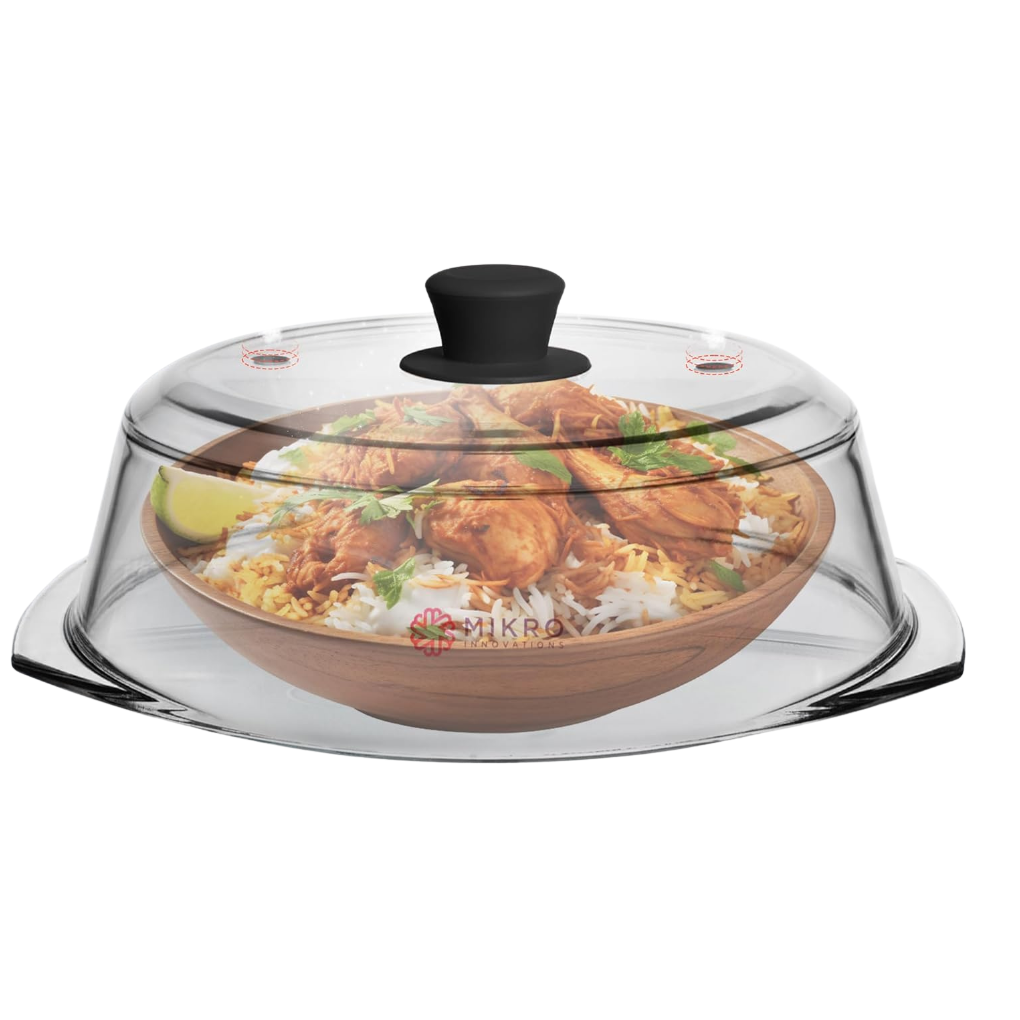
Mirko produces borosilicate glass splatter covers with vent holes for steam release. The food-safe construction includes easy-grip silicone knobs that remain cool during microwave use. The 10.5″ size accommodates most standard plates and bowls.
The borosilicate glass material offers durability and heat resistance. The covers are designed for dishwasher cleaning and appear to maintain clarity over time based on user reports.
Features
- 10.5″ diameter size
- Easy-grip silicone knob
- Vent holes for steam release
- Glass doesn’t become cloudy, foggy, or discolored
Godinger
$28
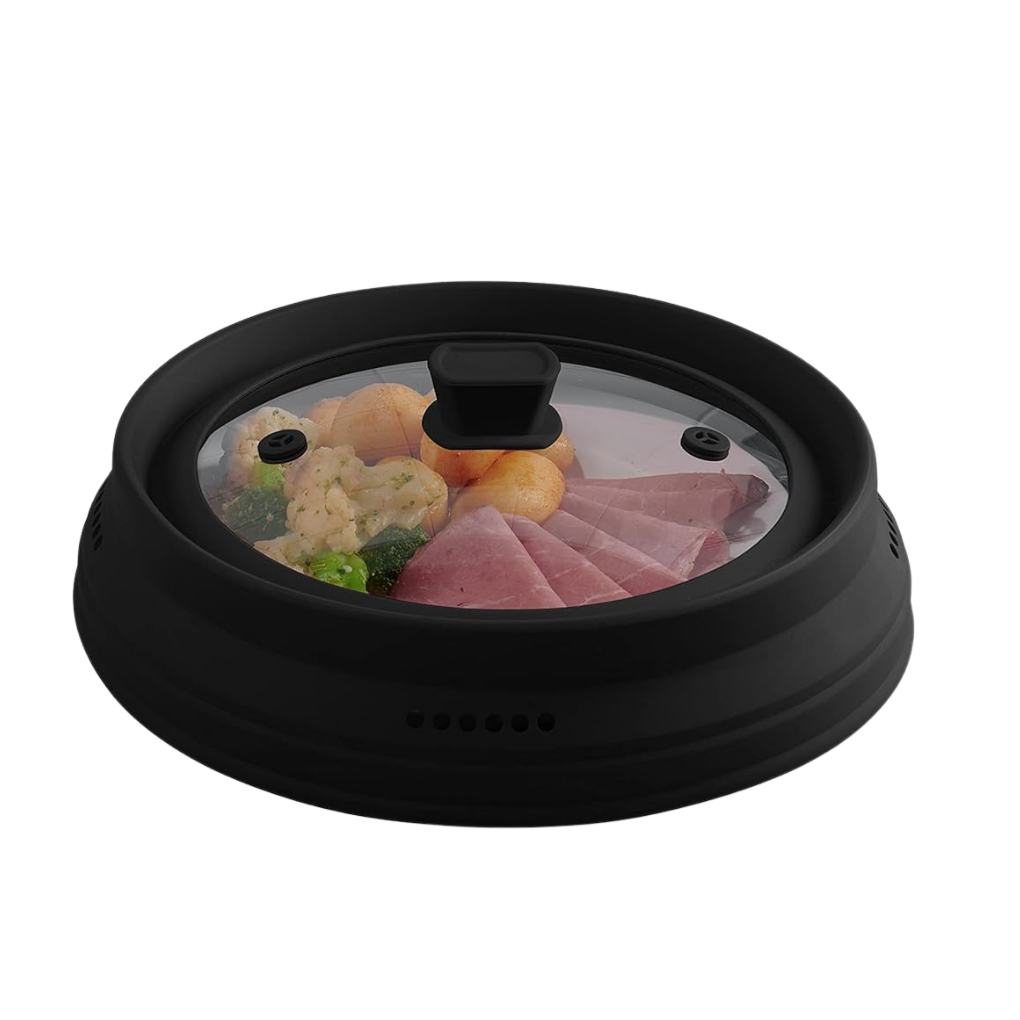
Godinger’s microwave covers feature tempered glass construction with a clever vent hole design for efficient steam release.
The heat-resistant knob enables immediate removal without requiring a cooling period. These covers are suitable for microwaving as well as covering pots and pans on the stovetop.
The standard size fits most dinner plates. Some models feature collapsible designs for space-saving storage. Customer feedback indicates that the product is durable enough for regular use.
Features
- Tempered glass construction
- Smart vent hole design
- Heat-resistant silicone knob
- Multi-purpose use (microwave and stovetop)
- Collapsible options available
EZY ACTIVE Collapsible Microwave Cover
$39
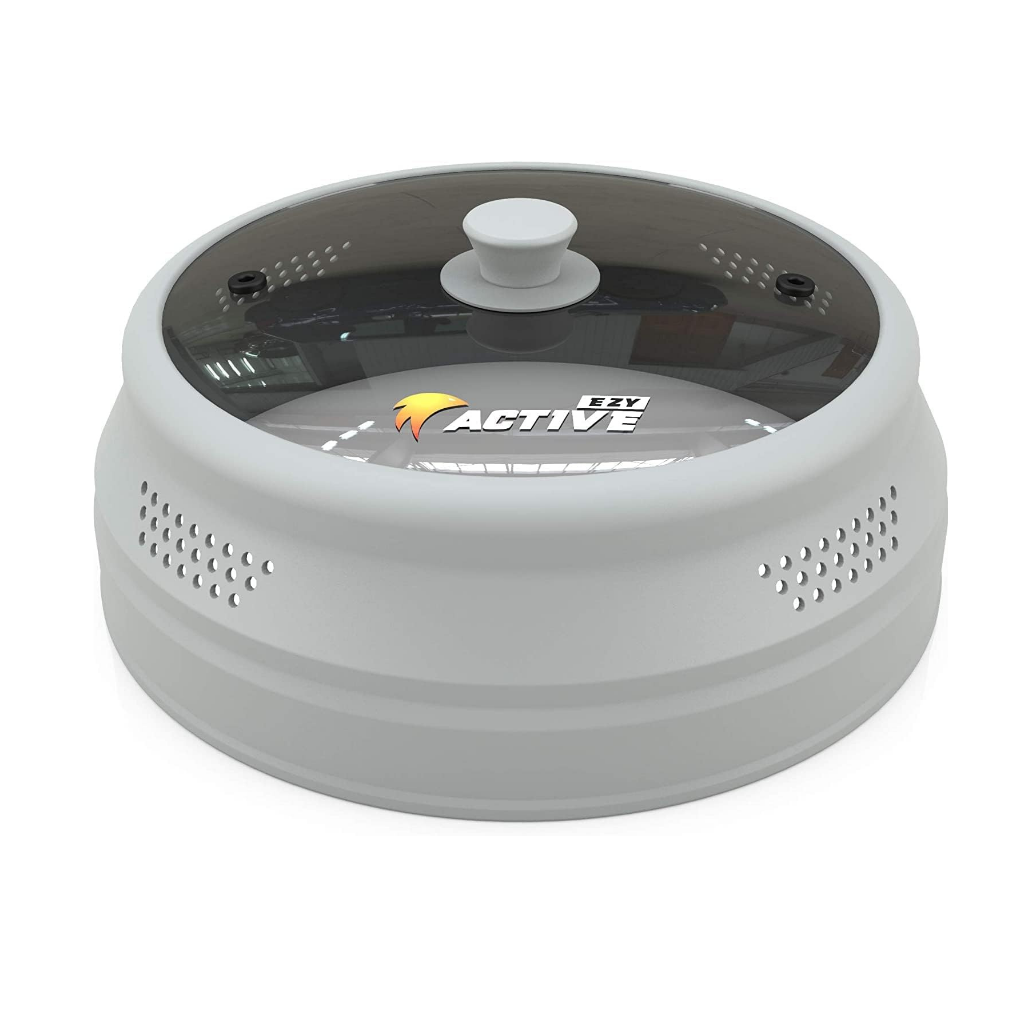
EZY ACTIVE offers collapsible microwave covers made from tempered glass and silicone construction.
The standout feature is the extensive ventilation system, which features 98 holes – 2 on top and 96 side steam vents – designed to prevent condensation and keep food from becoming soggy. The collapsible design allows the cover to compress for storage.
The 10.5″ diameter fits plates and bowls ranging from 6-12 inches. The tempered glass can handle temperatures up to 450°F and provides clear visibility during heating. The silicone components are heat-resistant and create a secure grip handle that stays cool during use.
Features
- Tempered glass and silicone construction
- 98-hole ventilation system (2 top + 96 side vents)
- Collapsible design for space-saving storage
- Fits 6-12 inch plates and bowls
- Heat resistant to 450°F
Safe Grab (As Seen on Shark Tank)
$29
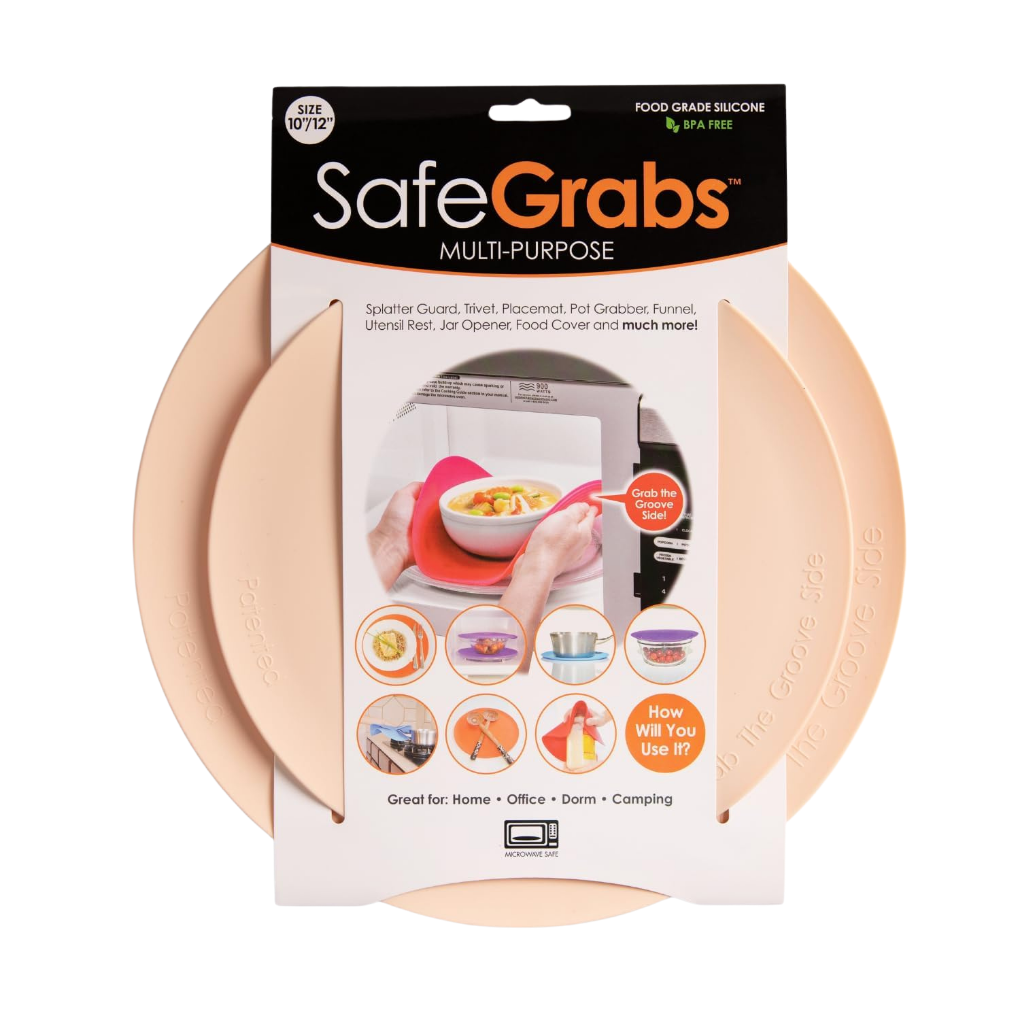
Safe Grabs takes a different approach as a microwave mat rather than a traditional cover. Made from 100% food-grade silicone, these circular mats sit on your microwave turntable and function as both a splatter guard and safe-grab tool for hot dishes.
The patented raised circular ridges distribute heat evenly and create a protective barrier. The two-pack includes 10-inch and 12-inch sizes, and the mats can handle temperatures up to 475°F.
Beyond microwave use, they work as trivets, pot holders, jar openers, and placemats. The flexible design allows you to wrap them around hot dishes for safe removal.
Features
- 100% food-grade silicone
- Two sizes included (10″ and 12″)
- Heat resistant to 475°F
- Patented raised ridge design
- 12-in-1 multi-purpose functionality
Maintenance and Care for Long-Term Use
Glass Cover Care
Clean glass covers with warm, soapy water immediately after use to prevent food buildup. For stubborn stains, soak the area in a baking soda solution before scrubbing with non-abrasive sponges. Avoid extreme temperature changes that could cause thermal shock.
Silicone Cover Maintenance
Wash silicone covers by hand or in the dishwasher using mild detergent. To remove odors, soak in white vinegar solution overnight. Inspect regularly for tears or degradation that could compromise safety.
Storage Best Practices
Store covers in dry, well-ventilated areas to prevent moisture accumulation. Stack glass covers with protective padding to avoid scratches. Collapsible covers should be completely dry before folding to prevent mold growth.
When to Replace
Replace glass covers if they develop chips, cracks, or stress marks. Silicone covers should be replaced if they become sticky, discolored, or produce tears. Quality covers should last 5-10 years with proper care and maintenance.
Are Microwave Covers Safe?
The safety of microwave covers depends entirely on the material used. Traditional plastic microwave covers pose significant health risks due to chemical leaching and microplastic contamination when heated. However, covers made from safe materials, such as borosilicate glass, tempered glass, and food-grade silicone, are entirely safe for use in the microwave.
Plastic Cover Safety Concerns
Plastic covers contain harmful chemicals, including BPA, phthalates, and PFAS, that leach into food when heated. Even “microwave-safe” plastic covers can release microplastic particles; studies show that some containers release up to 4.22 million microplastic particles per square centimeter when heated.
Safe Material Options
Glass and ceramic covers are chemically inert, meaning they won’t release any harmful substances into your food regardless of temperature. Quality food-grade silicone is also safe; however, some inexpensive silicone products may contain fillers or additives.
This Has Been About Plastic-Free Microwave Covers
Choosing a safe, plastic-free microwave cover is crucial for protecting your family’s health while reducing environmental impact. Whether you select borosilicate glass for maximum safety, tempered glass for durability, or food-grade silicone for convenience, these alternatives eliminate exposure to BPA, microplastics, and toxic chemicals.
The evidence is clear: plastic microwave covers pose significant health risks through chemical leaching and microplastic contamination. By investing in quality, BPA-free alternatives, you’re making a smart choice for both immediate food safety and long-term health protection. These covers offer superior performance, durability, and peace of mind that plastic cannot match.
